EIA: China promoting both fuel efficiency and alternative-fuel vehicles to curb growing oil use
Green Car Congress
MAY 13, 2014
Increasing oil demand is requiring increasing imports; since 2009, China has been importing more than half of its petroleum needs. Under the Energy Saving and New Energy Vehicle Plan for 2012 to 2020 released in 2012, average passenger car fuel economy is targeted to increase to 34 miles per gallon (6.9 Source: EIA.

















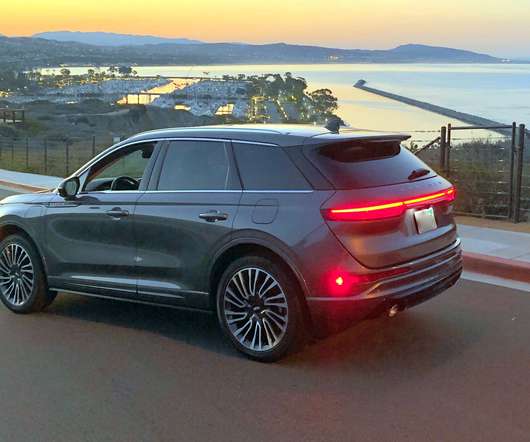




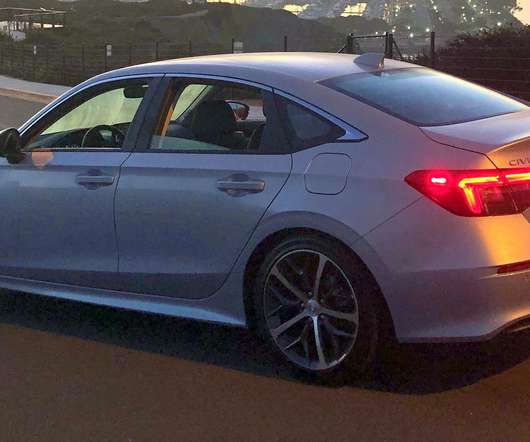

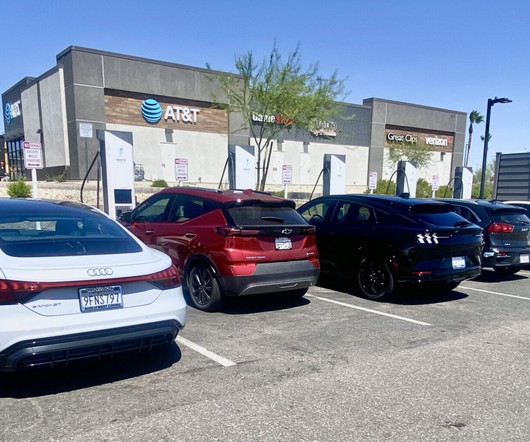


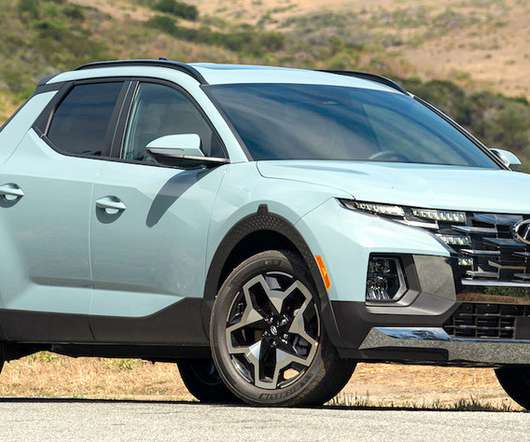



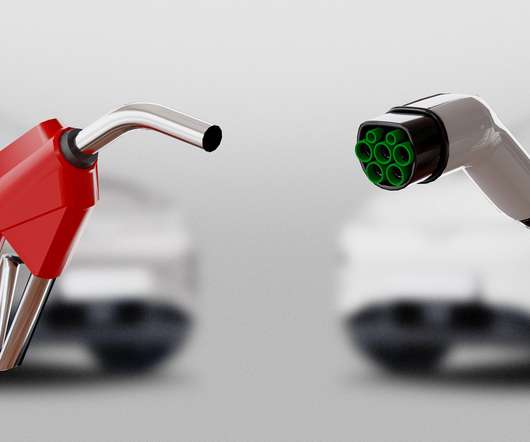
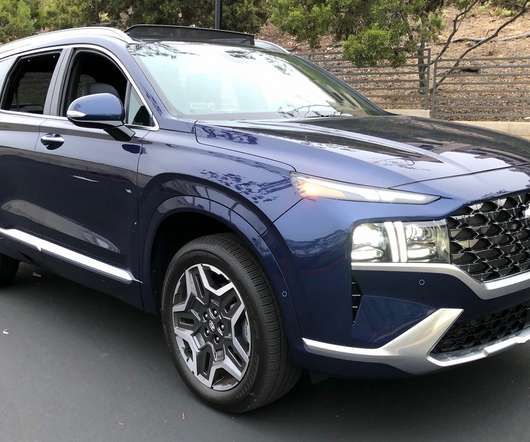





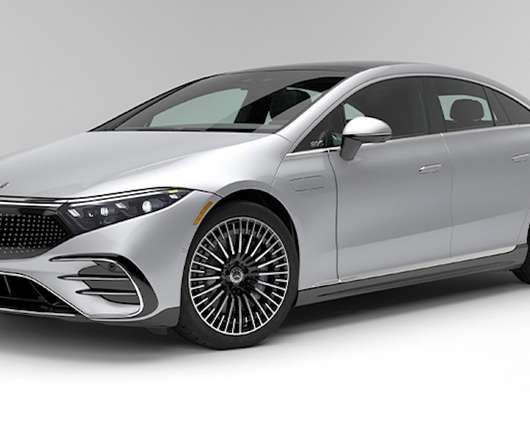






Let's personalize your content